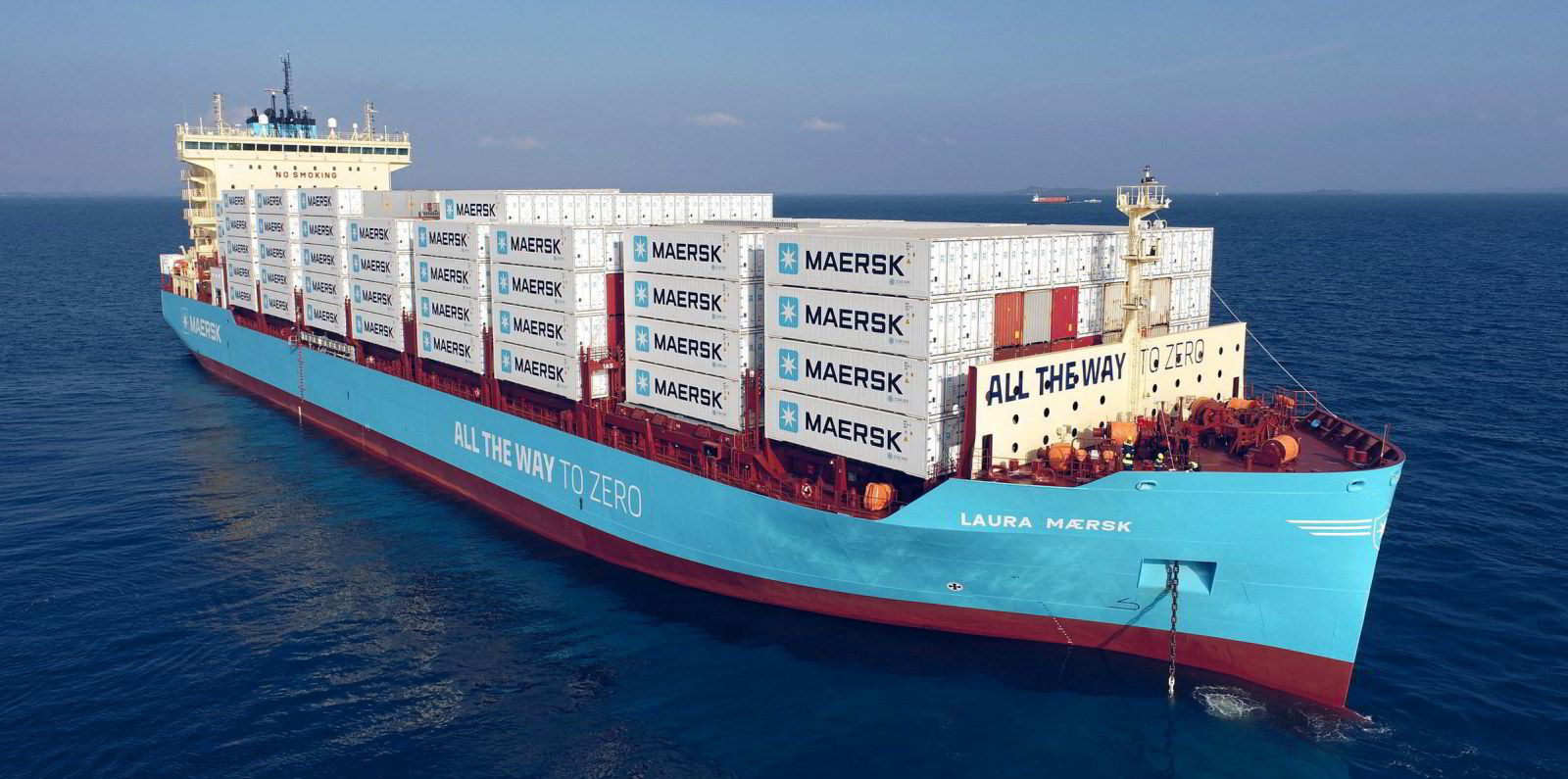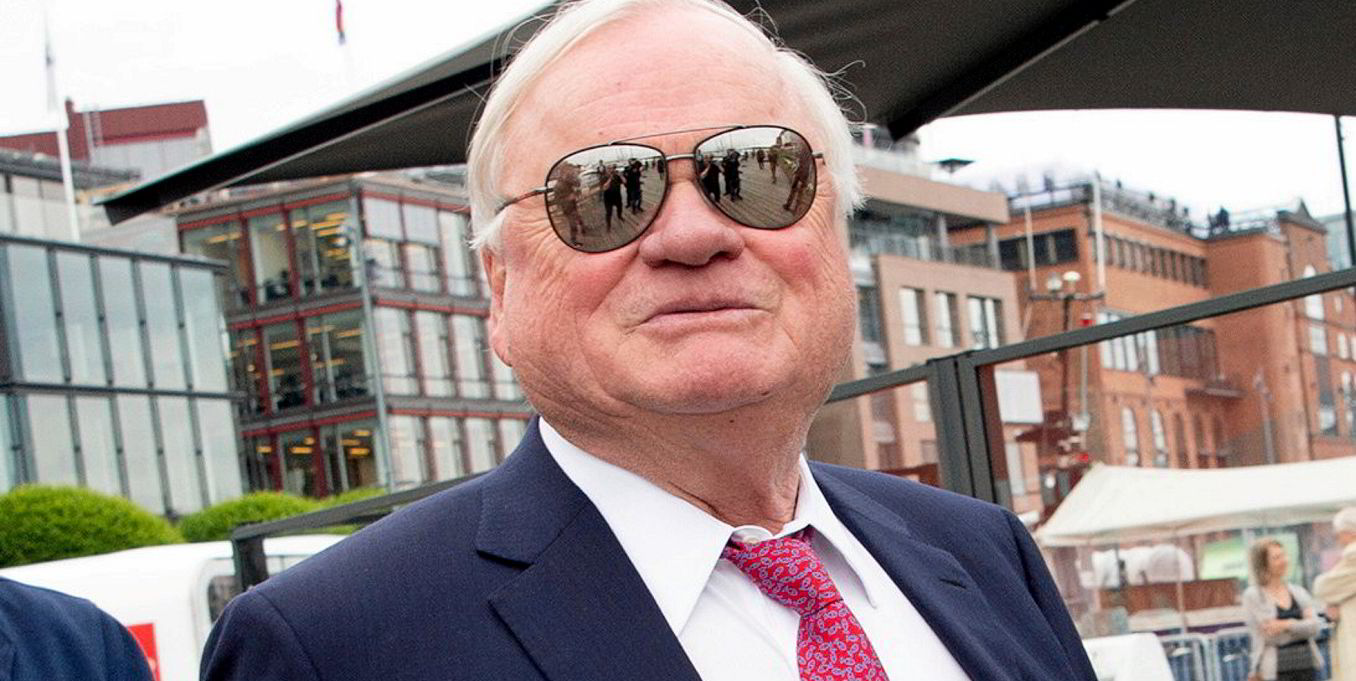Danish liner giant AP Moller-Maersk has hit back at claims that carriers are profiteering from exaggerated carbon emissions surcharges.
The rebuff follows the release of a study by Transport & Environment (T&E) on Tuesday alleging that lines are making windfall profits from surcharges linked to the European Union’s carbon emission scheme.
The study alleges that four European lines are charging more than the actual cost of the EU Emissions Trading System (ETS), which came into force in January.
Three carriers — MSC Mediterranean Shipping Company, CMA CGM and Hapag-Lloyd — have either declined or not responded to requests for comment.
But Maersk has lambasted T&E’s “flawed methodology”.
This had resulted in “inaccurate conclusions that do not reflect reality in our industry”, the carrier said.
Singled out
Maersk is singled out by T&E as allegedly making the most carbon emission profits.
The environmental group says these average out at €60,000 ($65,000) per voyage for Maersk, followed by €25,000 for MSC, €23,000 for Hapag Lloyd and €14,000 for CMA CGM.
However, Maersk counters that the T&E analysis “lacks many of the factors that affect EU ETS costs for shipping companies and therefore the surcharges”.
T&E’s study was based on 565 journeys to and from European ports from 20 different ships. The study claims in 90% of cases shipping companies are charging customers more than the actual costs of the EU ETS.
One of the flaws, Maersk says, is a focus on selected trades.
These use outdated surcharge estimates, which resulted in a higher price of carbon credits known as EU Allowances (EUA’s), the carrier claims.
“These older estimates reflect a higher EUA price, leading to higher costs. This in turn leads to the wrong conclusions when compared to the current levels,” Maersk said.
Maersk also criticised the study’s use of a €90 per tonne CO2 figure as a general ETS price, adding that no fixed price has been announced.
Instead, Maersk updates the emissions surcharge on a quarterly basis to ensure alignment to the latest EUA price.
Significant cost
Maersk points to the significant cost of compliance with Europe’s carbon emissions scheme.
Under EU ETS scheme introduced in January, ships will pay for 40% of their emissions this year, increasing to 70% in 2025 and 100% in 2026.
Southern European governments have warned that the ETS will drive business away from their ports, with ships choosing to unload at nearby ports on the other side of the Mediterranean in North Africa.
But T&E argues that shipping companies are unlikely to evade the ETS if they are profiting from it.
In the most extreme case — on a single journey from China to Germany — T&E alleges that Maersk is likely to make €325,000 in surcharge profits.
While the individual profits for each voyage are not always that high, for carriers with hundreds of vessels this represents millions in surcharge profits every year, T&E alleges.
While Maersk is singled out in T&E’s analysis, the carrier is at the same time commended for “ambitious plans to produce alternative green fuels”.






